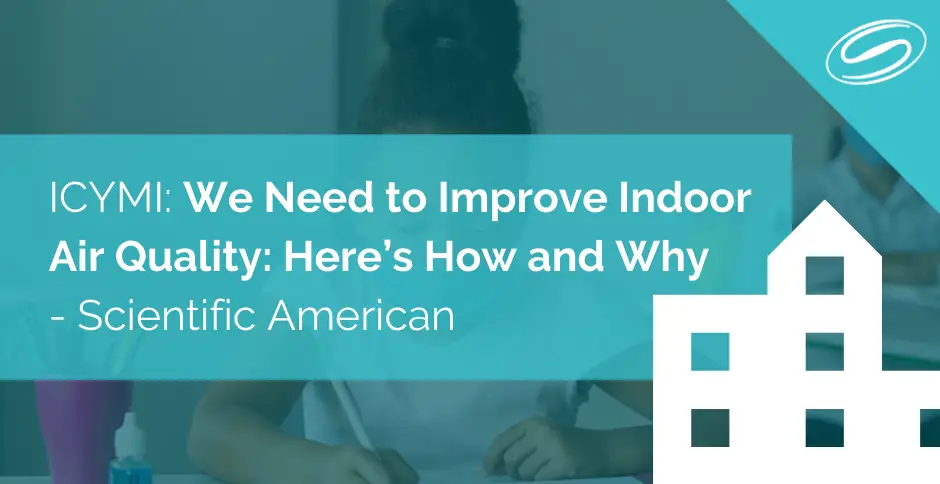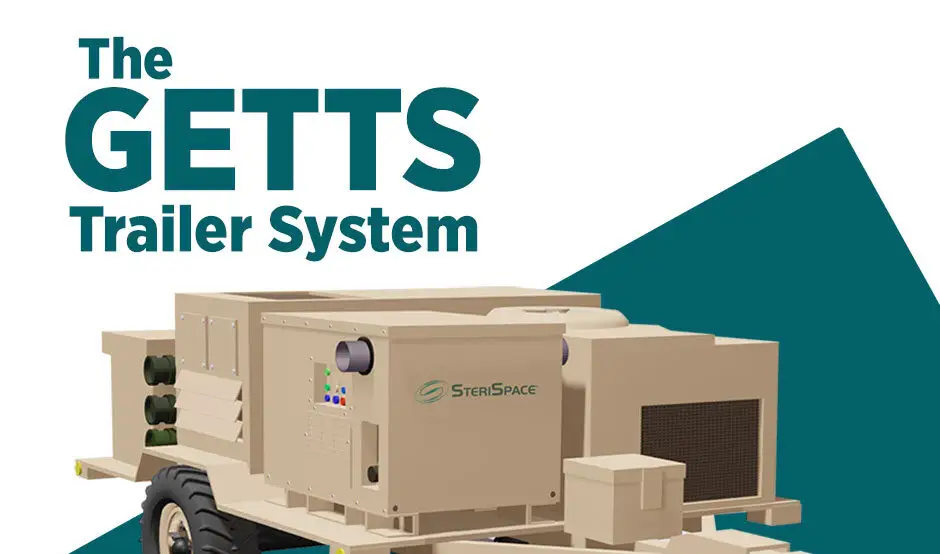
Make-up Air Not Silver Bullet for Healthier Classrooms
We now know how important ventilation is to limiting the transmission of airborne diseases and maintaining healthy learning environments.
The primary purpose of a hospital isolation room is to keep hospital patients, staff, and visitors safe. Since airborne illnesses can travel freely throughout a facility using any available air stream, having a proper air control strategy is a vital part of reducing the airborne transmission of disease.
Even biological contaminants can’t help but follow Newton’s Law of Motion: “an object in motion will stay in motion.”
This means, using the proper methods, we can keep dangerous airborne pathogens moving and direct them away from hospital occupants. We can do this by maintaining different air pressures between adjacent areas, designing airflow patterns for specific clinical procedures, and diluting infectious particles with large air volumes. These measures are essential toward establishing an effective air control strategy to ensure the safest air possible for hospitals.
These rooms are intended for patients who are only expected to stay for a short time. These patients are also at relatively low risk for spreading of infection.
Standard equipment in these rooms typically includes:
These rooms are also usually lit with ambient lighting, and most will have a window for additional natural lighting.
Patients can be assigned to specialized isolation rooms due to being positive for highly infectious airborne illnesses like Tuberculosis, Covid-19, or because they are immunocompromised. Isolation rooms have all the elements a general hospital room has, with the addition of tightly controlled airflow to limit the transmission of airborne infectious particles.
There are several types or classes of isolation rooms, described below:
Class S: Neutral or standard room air pressure (i.e. standard air conditioning).
Class P: Positive room air pressure. This applies to spaces intended to protect immune-compromised patients from airborne transmission of any infection.
Class N: Negative room air pressure. Spaces designed to prevent a patient who may be an infection risk to others from transmitting an airborne disease outside of the room.
Class Q: Negative room air pressure with additional barriers. This includes an anteroom (airlock lobby), also known as a quarantine isolation room.
There are certain elements that are required to be up to code for all hospital rooms on top of the requirements for the isolation rooms. Air sterilization is not currently on this list. Why is that? If everything in an isolation room should be sterile, especially in a hospital setting, why isn’t the air something more talked about?
Some like to think that the current standard is “good enough” for present hospital isolation rooms. SteriSpace is here to prove that ideology wrong. Airborne illnesses are especially contagious in crowded settings. We’ve seen this firsthand with the COVID-19 pandemic. A hospital is a breeding ground for germs on top of being a susceptible place to contract an illness.
SteriSpace Air Sterilization is the new gold standard in air quality control, especially in hospitals and healthcare facilities where the risk of infectious airborne transmission is high.
Developed with hospital isolation rooms in mind, SteriSpace can be easily configured for use as both a negative or positive pressure unit, keeping contaminants out of a room, or preventing contaminants from leaving a room. Implementing SteriSpace can effectively reduce the spread of airborne illnesses in hospitals and provide the safest air possible, sterile air.
Our technology is not limited by the size of the pathogen and does not allow for the re-entry of contaminants back into circulation. This is because SteriSpace (like its name implies) uses sterilization, a process for killing all present microorganisms, including highly resistant spores. SteriSpace is the first and currently only system to provide air sterilization rather than mere air filtration. This means SteriSpace is 99.9999% effective at destroying airborne biological contaminants in the air that HEPA filters can only trap.
Our sterilization experts are waiting to answer any questions. Let’s get your healthcare facility started on an air sterilization journey today. Contact SteriSpace Today. health

We now know how important ventilation is to limiting the transmission of airborne diseases and maintaining healthy learning environments.

Did you miss this? In a recent article by Scientific American, they discuss the need for buildings to invest in ventilation and filtration upgrades to improve air quality and decrease COVID transmission.

Eureka! and SteriSpace® will be co-exhibitors at the annual event for military and civilians, scientists, and first responders, to introduce a turnkey shelter system that combines the fastest tent set-up and strike cycles in the industry with the only air sterilization technology on the market. The turnkey solution delivers next-level air sterilization to any rapid deployment environment.